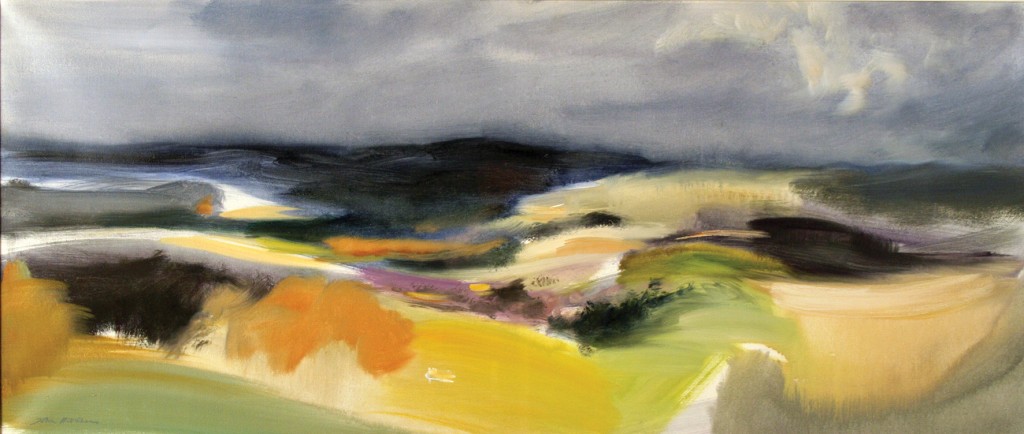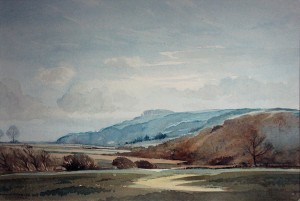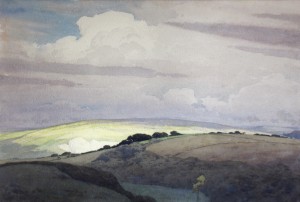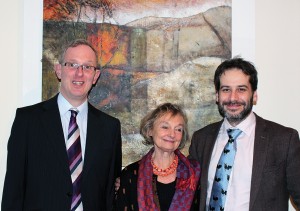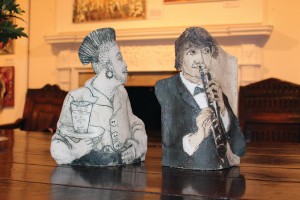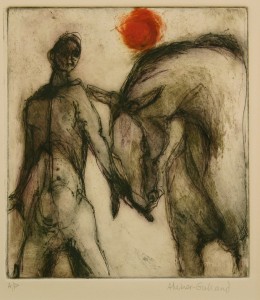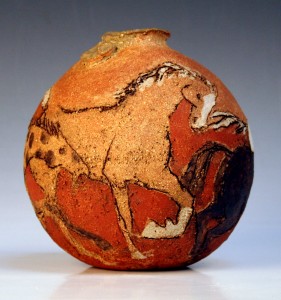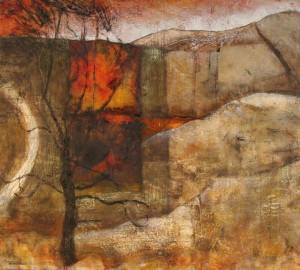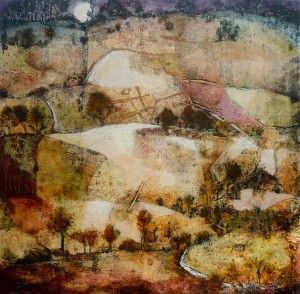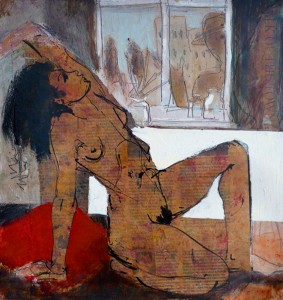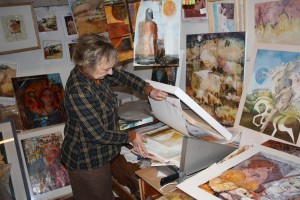The Library Collection of the late W. Leslie Weller MBE, DL, FSA
Tuesday 2nd December 2014 at 11am
Toovey’s are proud to announce this additional sale to our 2014 calendar, which comprises the contents of the library of the late William Leslie Weller (1935-2014), consigned from his former home: Hobshorts House, Rookcross Lane, West Grinstead, West Sussex.
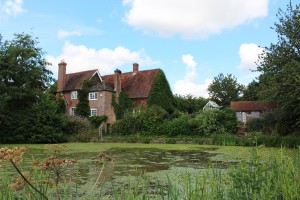
Leslie Weller, as he preferred to be known, was born in the Sussex village of Itchingfield. His father was a tenant farmer of some 100 acres close to the church. Leslie was educated at Collyer’s Grammar School in Horsham. His rural upbringing installed in him a love of the Sussex countryside and country pursuits but Leslie also developed strong interests in antiques and the fine arts and Sussex history and antiquities. All these passions would shape his life and work to come. Leslie went on to qualify as a chartered surveyor and in later life held the post of chairman of the Royal Institution of Chartered Surveyors Art and Antiques faculty.
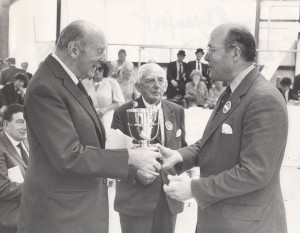
Leslie enjoyed a long and illustrious career in the field of fine art auctioneering. It was his inspiration and dedication that created the first regional centre of expertise outside London for Sotheby’s. For many years he was chairman of Sotheby’s in Sussex and a director of the firm. His other interests led him to achieve the posts of President of the Sussex Archaeological Society and Master of the Worshipful Company of Ironmongers. He was a keen horseman and an active member of the Horsham and Crawley Hunt for many years.
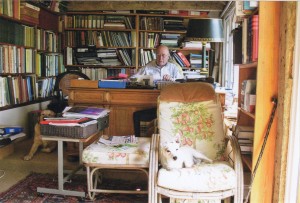
Leslie Weller was the first chairman of Chichester Cathedral Restoration Trust and over a period of thirty years played an important part in raising more than £10million for essential restoration work to the building and artworks within, including more recently the cathedral’s panel paintings by 16th century artist Lambert Barnard. For his services to the cathedral and contributions to the arts, Leslie was awarded an MBE in the New Year’s Honours List 2014.
Despite his numerous achievements, Leslie Weller was a modest man who will be remembered with great fondness by his many friends and acquaintances in our local community, Sussex as a whole and far beyond.
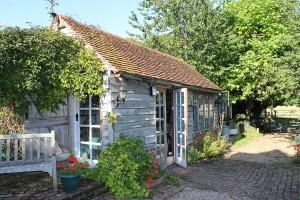
Company director Rupert Toovey comments: “Leslie was a generous friend and a great inspiration to me. He supported me in becoming a chartered surveyor in the specialist fields of fine art valuation and auctioneering and was delighted when I followed in his footsteps to become chairman of the R.I.C.S. Art and Antiques faculty. It was, therefore, a great honour to be asked by Leslie’s family to conduct this single-owner sale on their behalf.”

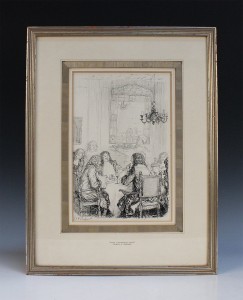
Leslie lived at Hobshorts, a fine 17th century farmhouse in the West Grinstead countryside, with his wife, Brenda, and their dogs. His library was divided between two rooms in the main house and his private office, which was in a charming converted outhouse in the garden, offering a picturesque view across a pond to the South Downs. Leslie’s books reflect all his varied interests and they were very important to him indeed. The sale features a good selection of works on his beloved Sussex, including a fine copy of Thomas Walker Horsfield’s “The History, Antiquities, and Topography of the County of Sussex”, printed at the Sussex Press in Lewes in 1835. Usually in two volumes, this copy was extended to seven in 1892 with about 1500 extra illustrations. Bound in deep purple morocco by Zaehnsdorf, the set will carry a pre-sale estimate of £3000-5000.
An original drawing by the celebrated Sussex book illustrator Ernest H. Shepard leads a collection of other personal effects from Leslie’s library to be included in the sale. Originally published in “Everybody’s Pepys”, this 28 x 18cm pen and ink drawing will be offered with a pre-sale estimate of £600-1000. Other of Leslie’s possessions to be auctioned include maps, a barograph, a globe and two of his gavels.
The sale is on view on Saturday 29th November 2014, from 9.30am to 12noon, Monday 1st December 2014, from 10am to 4pm, and on the day of the auction, Tuesday 2nd December 2014, from 9am to the start of the sale at 11am.
The catalogue will be available in print and online at www.tooveys.com by mid-November.

